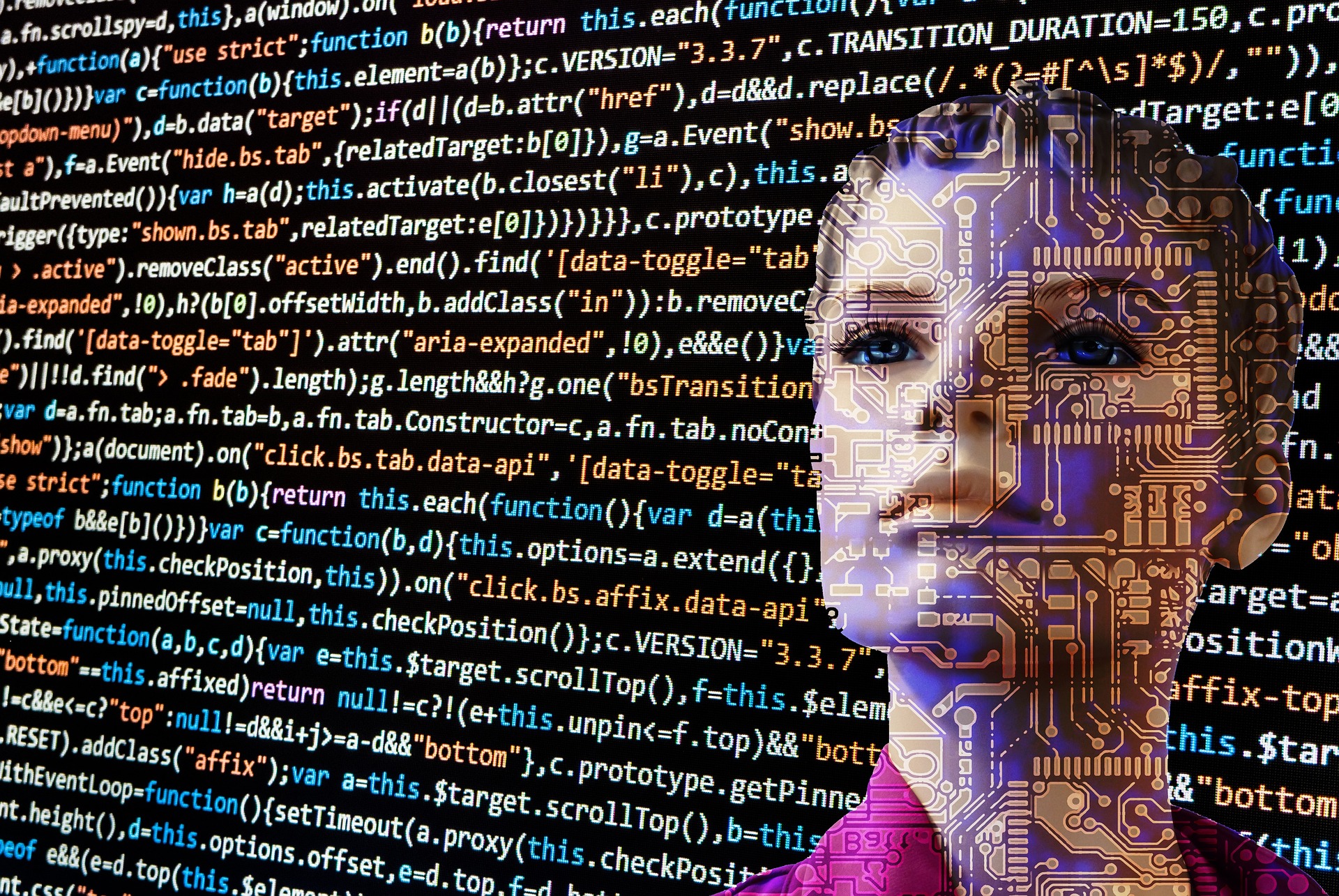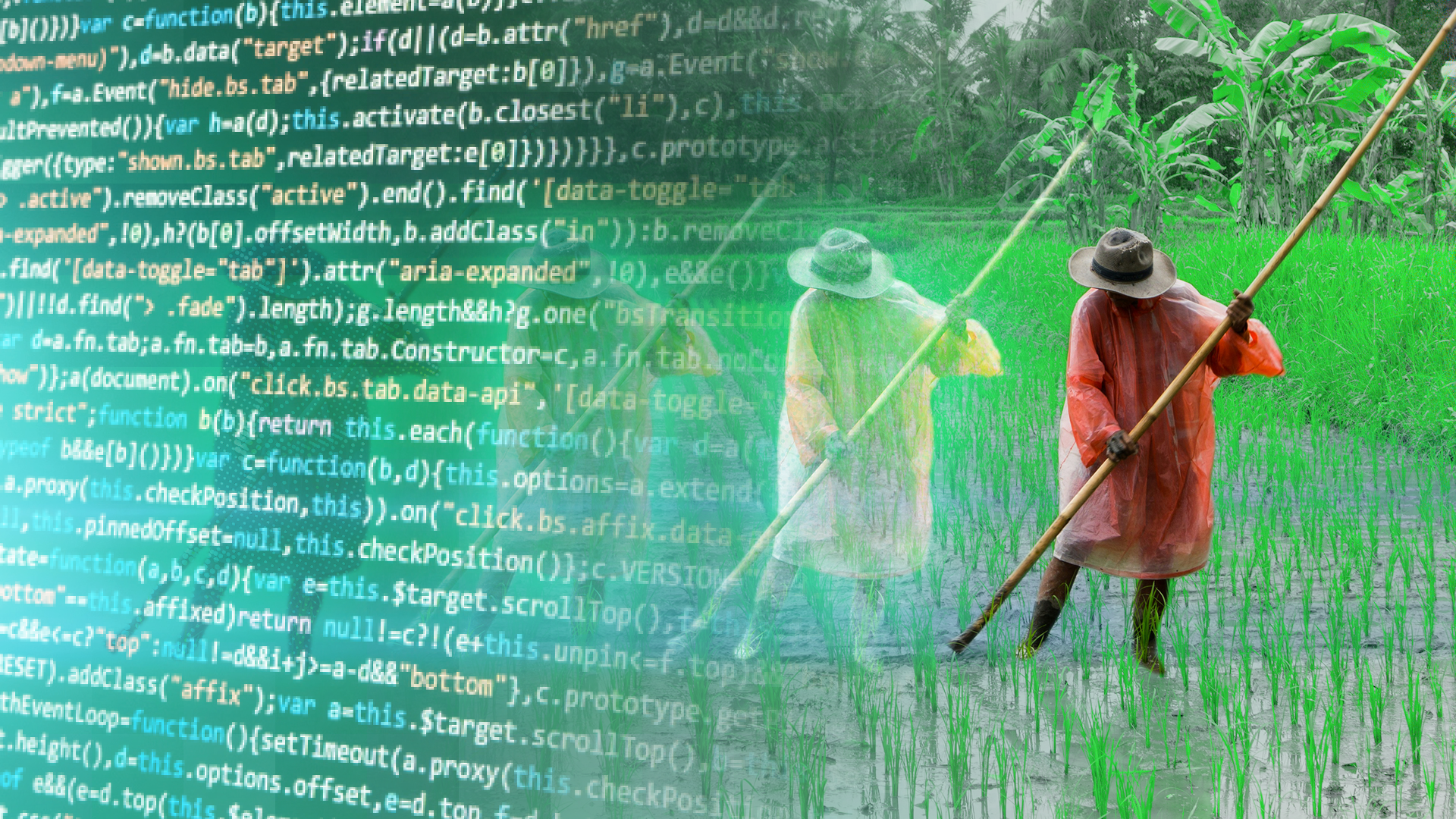How AI is helping spread fake news and misinformation but it could also be used to fight this spread.
 AI systems can provide comprehensive yet user-friendly explanations for classifying and detecting fake news. : Pixabay pixabay licences
AI systems can provide comprehensive yet user-friendly explanations for classifying and detecting fake news. : Pixabay pixabay licences
How AI is helping spread fake news and misinformation but it could also be used to fight this spread.
While fake news is not a new phenomenon, its proliferation today is unprecedented. But disinformation goes beyond the mere fabrication of invented news stories. It often includes genuine material used out of context or manipulated content.
The pervasiveness of artificial intelligence (AI) has complicated the task of verifying authentic news, contributing to a decline in trust in journalists.
Edelman’s 2024 Trust Barometer, a global survey (28 countries, more than 32,000 respondents) gauging public trust in media, governments, NGOs and businesses, finds journalists to be the least trusted profession with 64 percent of respondents saying they are purposely trying to mislead people with stories they know are false, or by using gross exaggeration.
If mistrust wasn’t bad enough, there is also a widespread perception that language model-based chatbots such as ChatGPT-4 or Gemini could render journalists obsolete.
Misinformation erodes trust in institutions, deepens societal divisions, and undermines informed decision-making.
But AI itself could be an antidote to its own creations.
AI systems can provide comprehensive yet user-friendly explanations for classifying and detecting fake news.
AI is crucial in detecting disinformation because it methodically analyses linguistic nuances and contextual details that human moderators might overlook.
In March 2024 a research group at the Norwegian University of Science and Technology (NTNU) developed an advanced AI algorithm that integrates various Machine Learning and Deep Learning techniques to identify fake news across three different datasets.
This surpassed other models, achieving more than 97 percent accuracy in classifying news articles.
The system’s success lies in combining sophisticated analysis methods that can detect subtle patterns and linguistic cues indicative of disinformation.
The use of explainable AI not only ensures transparency in the detection process but also offers valuable interpretative insights. By providing insights into how the system arrives at its conclusions, users can better understand the reasoning behind content warnings or flags.
This transparency helps build trust and provides opportunities to refine detection methods further.
In the fight against misinformation, AI offers three critical advantages.
First, AI algorithms can be trained to identify linguistic patterns associated with disinformation. This includes techniques such as sentiment analysis to detect emotionally charged language often used in manipulative content, or the identification of stylistic markers that deviate from established journalistic norms.
Second, AI can be used to automate the fact-checking process by cross-referencing information with credible sources. By analysing factual claims against established knowledge bases and databases, AI can flag potentially false or misleading statements.
Third, AI can track the spread of information on social media platforms, identifying suspicious patterns and user behaviour associated with disinformation campaigns. This allows for the early detection of emerging trends and targeted intervention strategies.
AI is not just useful for identifying fakes, it can also help journalists to foster a healthy news ecosystem by equipping them with tools to educate their readership on identifying genuine news.
For example, AI helps content moderators by flagging potentially harmful content for human review, creating a more scalable and efficient approach to moderation. AI tools can also be used to create educational resources that teach people to critically evaluate online information.
Chatbots and interactive modules can offer real-time guidance in identifying biases, verifying sources, and spotting manipulative techniques.
Although promising, AI is not a perfect solution for combating disinformation. AI models trained on wrong or biased datasets risk perpetuating existing prejudices and misinformation.
It’s vital to recognise biases, adapt to evolving disinformation tactics, and ensure ethical and responsible implementation. Ensuring that training data is diverse, and representative is essential to avoid reinforcing social and political biases.
Another challenge is disinformation tactics constantly evolve to avoid detection, so AI models must be continuously updated and refined to keep pace with these emerging threats.
As a result, new skills are essential for exercising informed citizenship. The ability to discern sources, processes, and mediators, especially in the face of silent and invisible algorithms, becomes crucial.
These insights kickstart the final report of a study conducted by Rai (Italian Radio Television) research office and the Catholic University of the Sacred Heart, mapping Media Education initiatives on the topic of online misinformation.
Through a comprehensive analysis, the study sheds light on the critical efforts being undertaken to equip individuals with the necessary skills to navigate the ever-evolving digital information landscape.
Striking a balance between protecting free speech and curbing the spread of harmful content is critical, and human oversight is necessary to determine the appropriate response to flagged material. Only a combined effort of AI tools and human expertise will yield the best results.
Giuseppe Riva PhD is Director of Humane Technology Lab at the Catholic University of Milan, Italy, where he is Full Professor of General and Cognitive Psychology. Humane Technology Lab (HTLAB) is the Laboratory of the Università Cattolica that was set up to investigate the relationship between human experience and technology. The Humane Technology Lab considers the psycho-social, pedagogical, economic, legal, and philosophical aspects related to the growing spread of digital technologies, especially Artificial Intelligence and Robotics.
Originally published under Creative Commons by 360info™.
Editors Note: In the story “AI for good” sent at: 29/05/2024 16:43.
This is a corrected repeat.











